Home>Furniture & Design>Outdoor Furniture>What Does Full Sun Mean For Outdoor Plants?
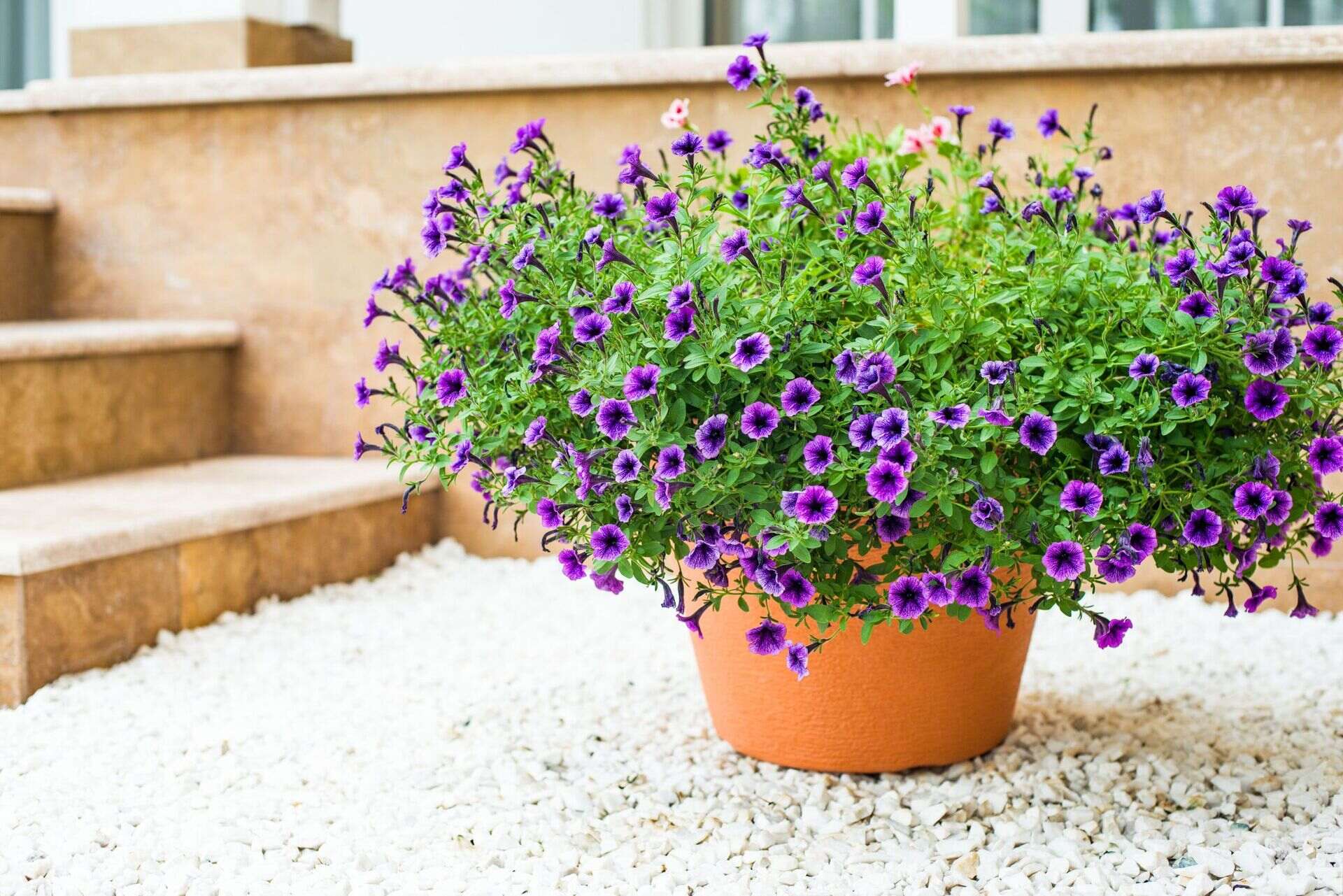

Outdoor Furniture
What Does Full Sun Mean For Outdoor Plants?
Modified: February 18, 2024
Learn the significance of "full sun" for outdoor plants and how it impacts their growth and health. Explore expert tips for optimizing outdoor furniture, design, and placement.
(Many of the links in this article redirect to a specific reviewed product. Your purchase of these products through affiliate links helps to generate commission for Storables.com, at no extra cost. Learn more)
Introduction
When it comes to cultivating a thriving outdoor garden, understanding the significance of sunlight is paramount. The term "full sun" is frequently used in gardening circles, but what does it really mean for outdoor plants? In this article, we will explore the concept of full sun and its impact on plant growth and vitality. Whether you are a seasoned gardener or a novice enthusiast, delving into the specifics of full sun can help you make informed decisions and foster a lush and vibrant outdoor space. Let's embark on this enlightening journey to uncover the secrets of full sun and its implications for outdoor plants.
Key Takeaways:
- Full sun means at least 6-8 hours of direct sunlight daily, crucial for plant growth. Choose plants like coneflowers and herbs that thrive in full sun for a vibrant garden.
- Care for plants in full sun with ample watering, well-drained soil, and protective measures. Be aware of potential issues like heat stress and sunburn to maintain a thriving garden.
Read more: What Does Full Glass Coverage Mean
Understanding Full Sun
Full sun refers to an area that receives at least six to eight hours of direct sunlight daily. This level of sun exposure is crucial for many plants, as it provides the energy necessary for photosynthesis, the process by which plants convert light into energy to fuel their growth. When a plant is labeled as suitable for full sun, it signifies that it thrives in these optimal light conditions and is capable of utilizing the abundant sunlight to flourish.
It is important to note that the intensity of sunlight can vary based on factors such as geographical location, time of year, and specific microclimates within a garden. Understanding the patterns of sunlight in your outdoor space is essential for selecting the right plants and optimizing their growth potential. Additionally, recognizing the nuances of full sun can aid in creating a well-balanced and visually appealing garden landscape.
As we unravel the significance of full sun, it becomes evident that this natural resource plays a pivotal role in nurturing the beauty and vitality of outdoor plants. By comprehending the unique requirements of full sun, gardeners can make informed choices and set the stage for a flourishing garden teeming with life and color.
Plants Suitable for Full Sun
When selecting plants for a full sun environment, it is essential to consider species that can thrive and showcase their full potential under these light conditions. Numerous plant varieties have evolved to bask in the radiance of full sun, displaying remarkable resilience and exuberance in such environments. Here are several categories of plants that are well-suited for full sun exposure:
- Flowering Perennials: Plants such as coneflowers, black-eyed Susans, and lavender are renowned for their ability to thrive in full sun, producing an array of vibrant blooms that add splashes of color to outdoor landscapes.
- Herbs: Culinary herbs like rosemary, thyme, and oregano are ideally suited for full sun, flourishing in well-drained soil and basking in the abundant sunlight to develop robust flavors and fragrances.
- Succulents and Cacti: These resilient plants are tailored for arid environments and revel in full sun, showcasing striking shapes and textures while conserving water through specialized adaptations.
- Vegetables: Many vegetable crops, including tomatoes, peppers, and zucchinis, thrive in full sun, harnessing the energy to produce bountiful harvests of nutritious and delectable produce.
- Ornamental Grasses: These graceful plants, such as fountain grass and blue fescue, elegantly sway in the sunlight, adding texture and movement to garden landscapes while requiring minimal maintenance.
By carefully selecting plants that are well-adapted to full sun conditions, gardeners can curate a diverse and captivating outdoor space brimming with life and vitality. Understanding the unique attributes of these plants empowers individuals to make informed choices and cultivate a flourishing garden that thrives under the nurturing embrace of full sun.
Full sun for outdoor plants means they need at least 6 hours of direct sunlight per day. When choosing plants for a full sun area, look for ones that thrive in these conditions, such as succulents, lavender, and rosemary.
Care Tips for Outdoor Plants in Full Sun
Caring for outdoor plants in full sun involves a blend of attentive practices and strategic measures aimed at optimizing their growth and resilience. By implementing the following care tips, gardeners can ensure that their plants thrive in the radiant embrace of full sun:
- Ample Watering: Adequate hydration is crucial for plants in full sun, especially during hot and dry periods. Regular watering, preferably in the morning, helps replenish moisture and sustains the vigor of plants exposed to intense sunlight.
- Well-Drained Soil: Ensuring that the soil provides proper drainage is essential for plants in full sun. Amending the soil with organic matter and employing mulching techniques can enhance its water retention capacity while promoting a healthy root environment.
- Supplemental Nutrients: Providing balanced fertilization tailored to the specific needs of plants in full sun can bolster their vitality and encourage robust growth. Selecting fertilizers rich in essential nutrients and applying them judiciously supports the plants’ overall well-being.
- Prudent Pruning: Regular pruning and deadheading help maintain the health and appearance of plants in full sun. Removing spent blooms, shaping unruly growth, and eliminating damaged foliage contribute to the plants’ aesthetic appeal and longevity.
- Protective Measures: Shielding delicate plants from scorching midday sun or intense heat waves can prevent stress and sunburn. Employing shading techniques, such as using protective covers or strategically positioning plants, safeguards them from excessive sun exposure.
- Vigilant Pest Control: Monitoring for pests and promptly addressing any infestations is vital for preserving the well-being of plants in full sun. Employing organic pest control methods and maintaining a vigilant stance against common garden pests can safeguard the plants’ vitality.
By embracing these care tips, gardeners can nurture a thriving outdoor garden adorned with resilient and vibrant plants that revel in the abundance of full sun. Implementing these practices fosters a harmonious and flourishing garden landscape, where the beauty and resilience of plants are celebrated under the nurturing radiance of the sun.
Potential Issues with Full Sun
While full sun is essential for the flourishing of many outdoor plants, it is important to acknowledge potential challenges associated with this level of sun exposure. Understanding and addressing these issues is crucial for maintaining the health and vitality of plants thriving in full sun environments. Here are some common concerns and potential issues that gardeners may encounter:
- Heat Stress: Intense sunlight and high temperatures can subject plants to heat stress, leading to wilting, scorching of foliage, and diminished growth. Providing adequate hydration and employing shading techniques can mitigate the impact of heat stress on plants.
- Soil Drying: Full sun exposure accelerates soil moisture evaporation, potentially leading to rapid drying of the soil. Regular watering and mulching help counteract this effect, maintaining a conducive soil moisture balance for plant growth.
- Sunburn: Excessive exposure to direct sunlight can cause sunburn on plant foliage, resulting in unsightly browning or yellowing. Employing protective measures, such as shading during peak sun hours, shields plants from the detrimental effects of sunburn.
- Weed Competition: Full sun areas are susceptible to weed growth, posing competition for essential nutrients and resources. Implementing proactive weed control measures, such as mulching and regular maintenance, helps mitigate weed encroachment and supports the well-being of desired plants.
- Hydration Challenges: Plants in full sun require consistent and ample hydration to thrive. Inadequate watering or prolonged drought conditions can pose challenges, potentially leading to dehydration and diminished vitality. Prioritizing regular watering and soil moisture management is essential for addressing hydration challenges.
- Temperature Fluctuations: Full sun areas may experience significant temperature fluctuations, especially in regions with pronounced seasonal changes. Plants must acclimate to these variations, and protective measures, such as mulching and insulation during extreme conditions, can help buffer the impact of temperature fluctuations.
By recognizing these potential issues and implementing proactive strategies to address them, gardeners can foster a resilient and thriving garden environment where plants flourish despite the challenges posed by full sun exposure. Embracing these insights empowers individuals to navigate and mitigate the potential issues associated with full sun, ensuring the enduring health and vibrancy of their outdoor plants.
Read more: What Does Glass Half Full Mean
Conclusion
As we conclude our exploration of full sun and its implications for outdoor plants, it becomes evident that sunlight is a fundamental catalyst for the vitality and beauty of garden landscapes. Understanding the nuances of full sun empowers gardeners to curate thriving outdoor spaces teeming with life and color. By embracing the following key takeaways, individuals can harness the power of full sun to cultivate flourishing gardens:
- Optimized Plant Selection: Selecting plants tailored for full sun ensures that the garden thrives under these optimal light conditions, showcasing resilience and exuberance.
- Attentive Care Practices: Implementing strategic care tips, such as watering, soil management, and protective measures, sustains the health and vigor of plants basking in full sun.
- Proactive Issue Management: Recognizing potential challenges associated with full sun, such as heat stress and hydration concerns, enables gardeners to address these issues proactively and safeguard the well-being of their plants.
By integrating these insights into their gardening endeavors, individuals can embark on a journey of nurturing vibrant and robust outdoor spaces that thrive under the radiant embrace of full sun. Embracing the interplay between sunlight and plant life fosters a harmonious and visually captivating garden landscape, where the natural beauty of outdoor plants flourishes under the nurturing radiance of the sun.
As you embark on your gardening ventures, may the knowledge and insights shared in this article serve as a guiding light, illuminating the path to a flourishing garden adorned with resilient and vibrant plants that revel in the abundance of full sun. With a deepened understanding of full sun and its impact on outdoor plants, you are poised to cultivate a garden brimming with life, color, and the timeless allure of nature’s radiant energy.
Frequently Asked Questions about What Does Full Sun Mean For Outdoor Plants?
Was this page helpful?
At Storables.com, we guarantee accurate and reliable information. Our content, validated by Expert Board Contributors, is crafted following stringent Editorial Policies. We're committed to providing you with well-researched, expert-backed insights for all your informational needs.
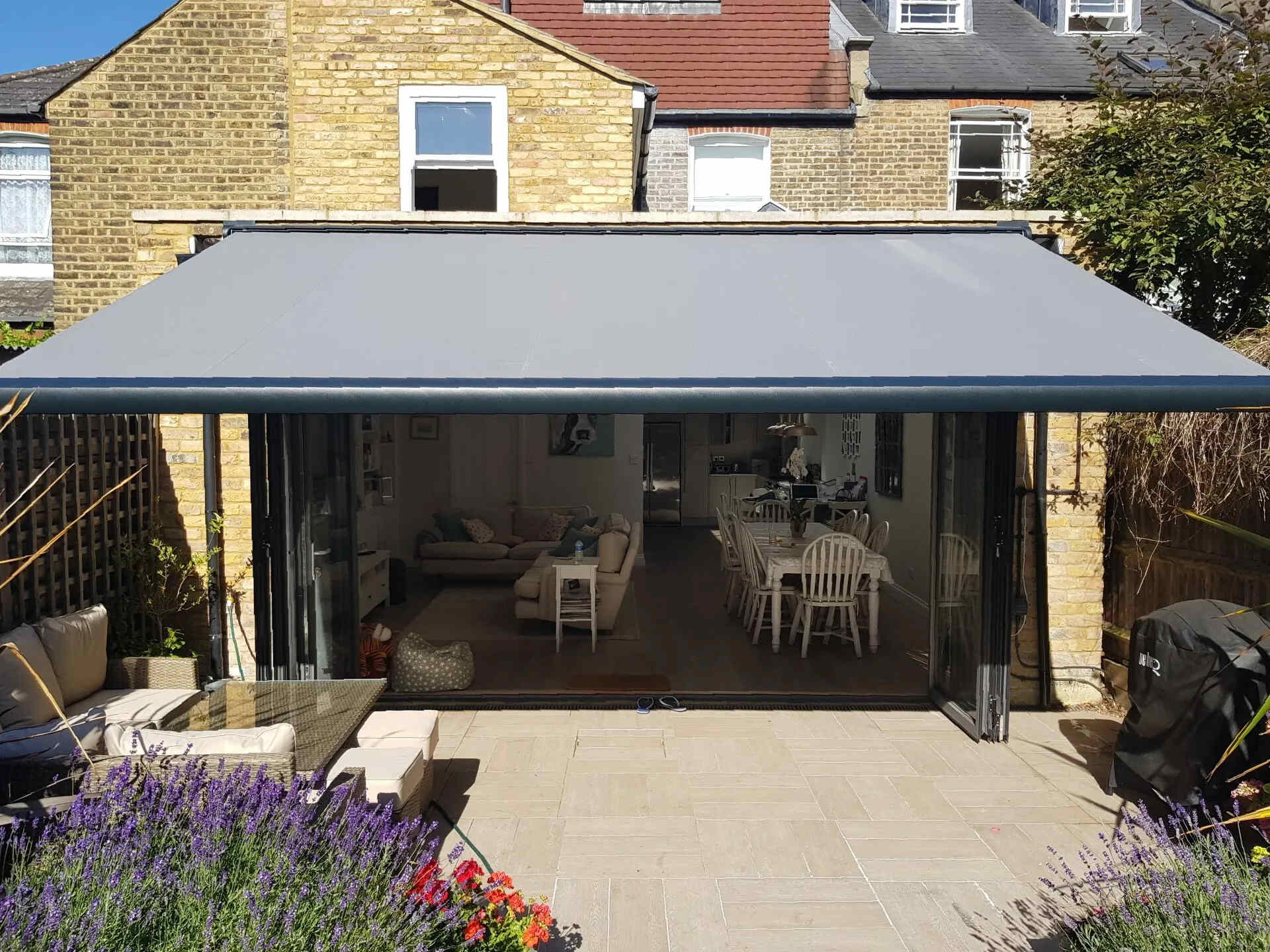
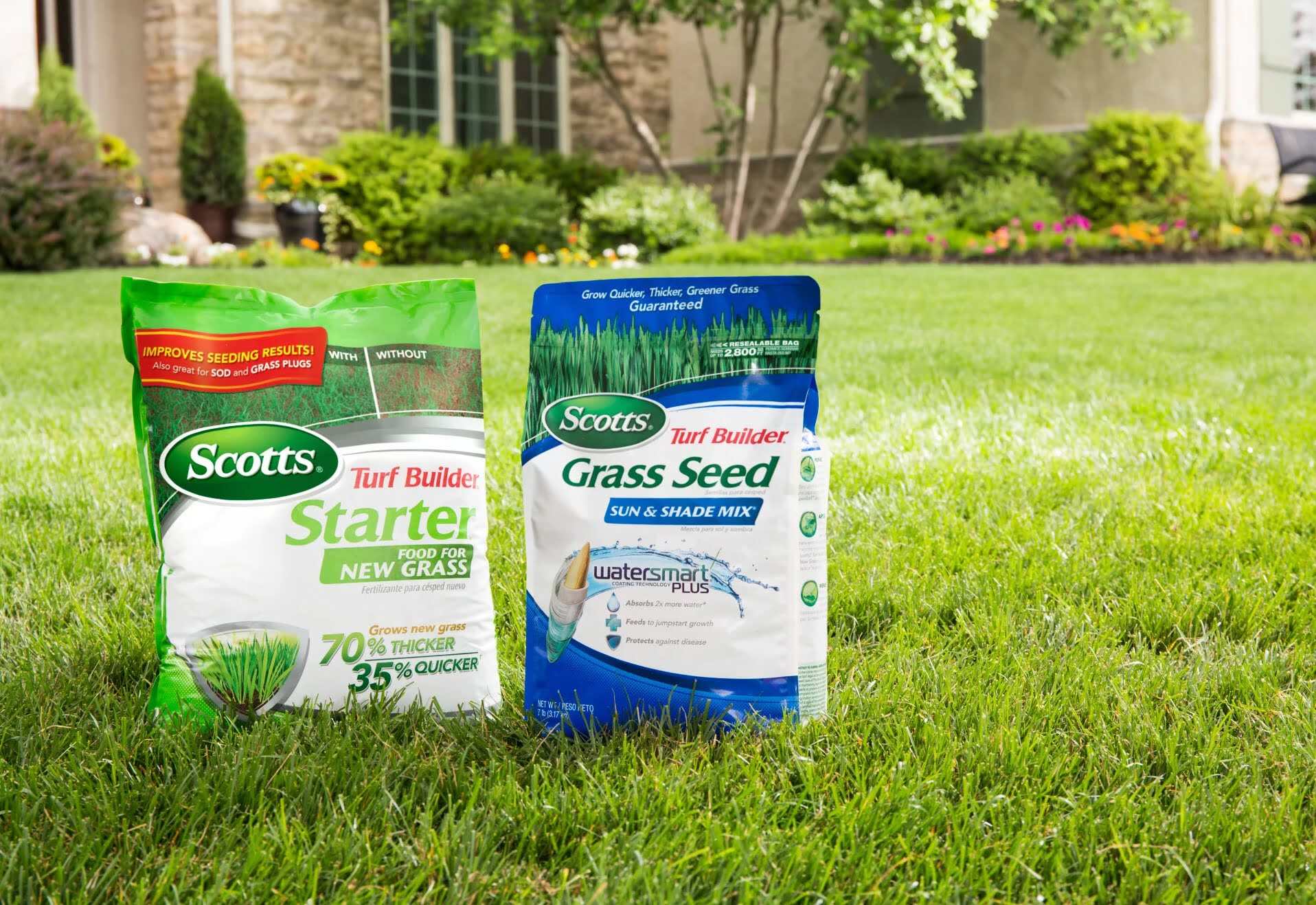
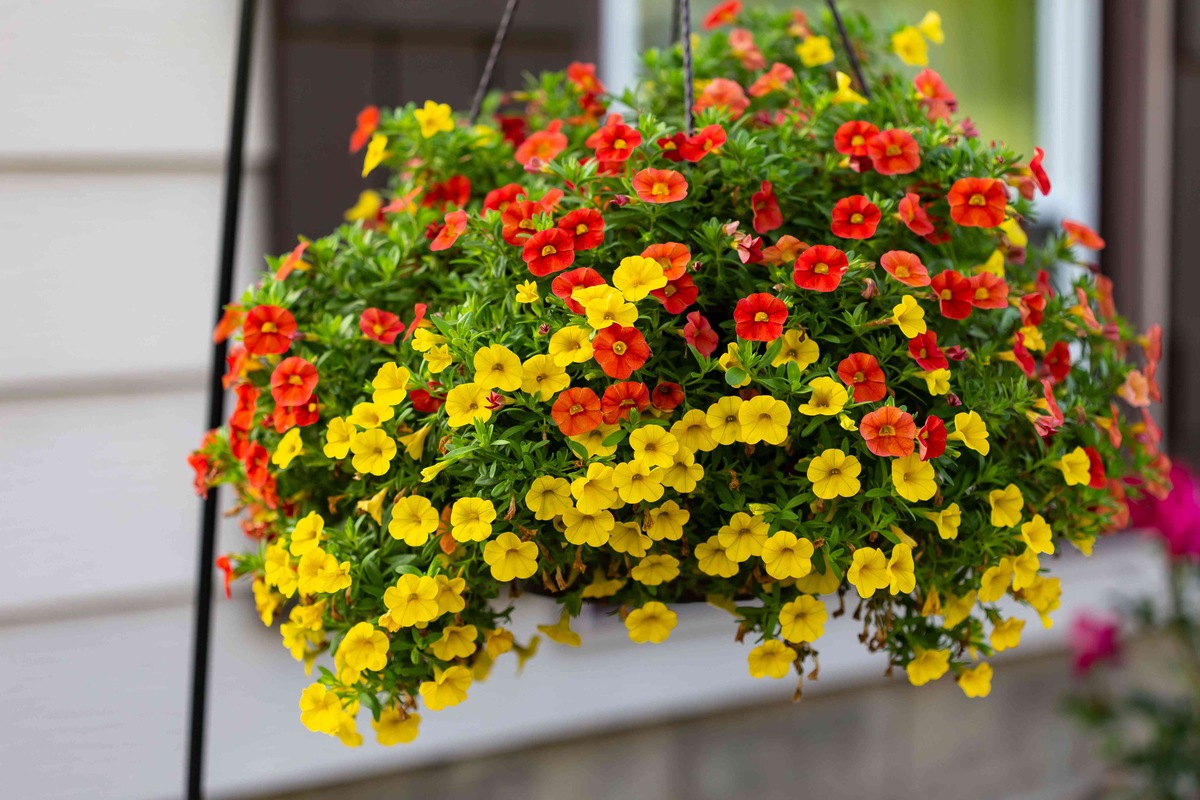
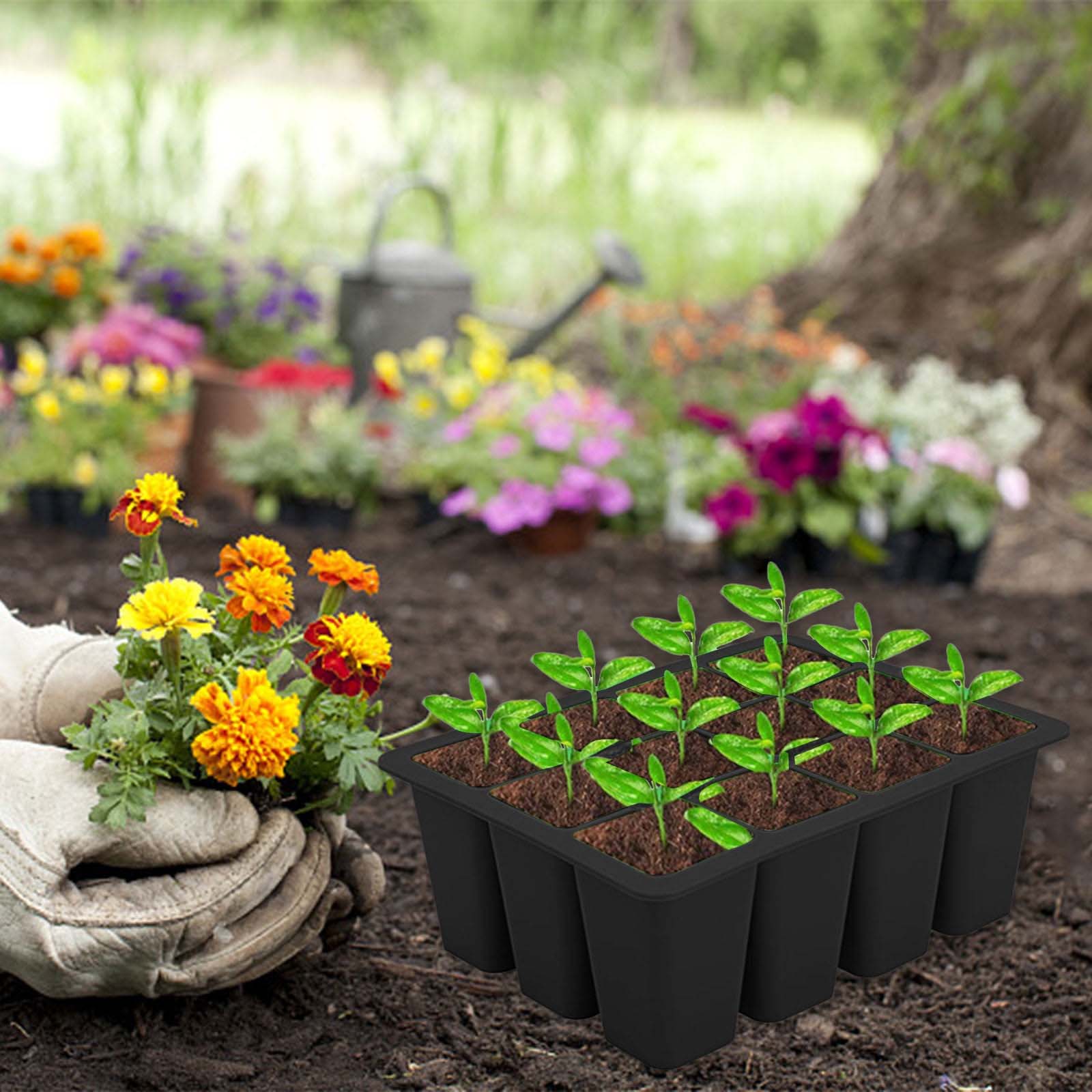
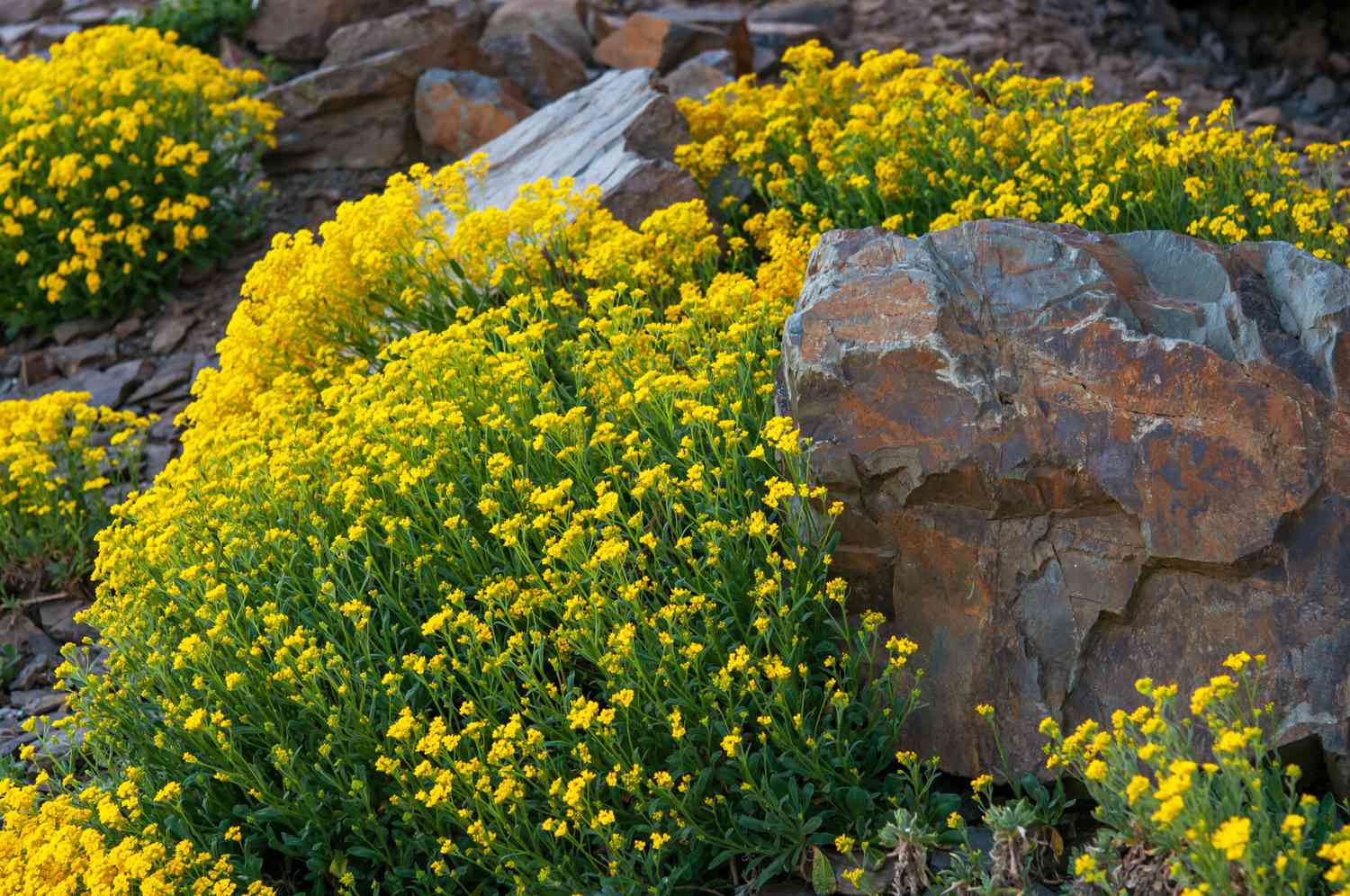

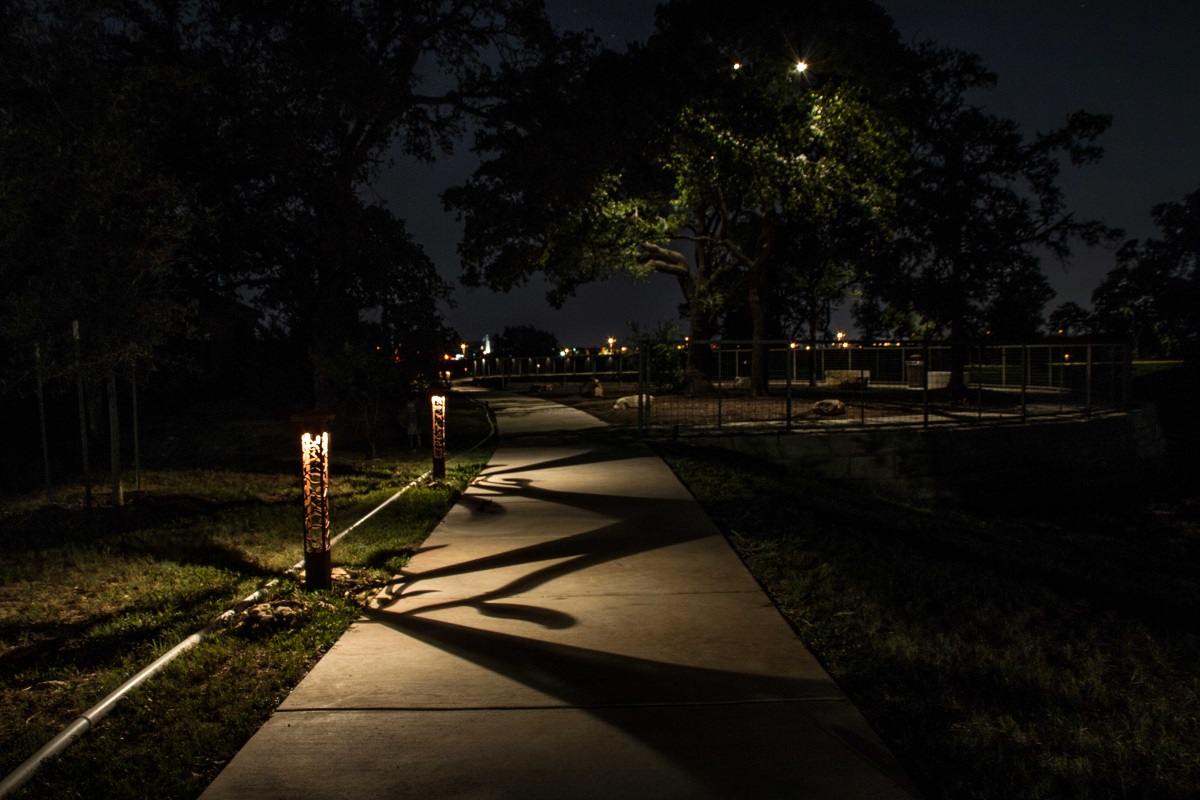








0 thoughts on “What Does Full Sun Mean For Outdoor Plants?”